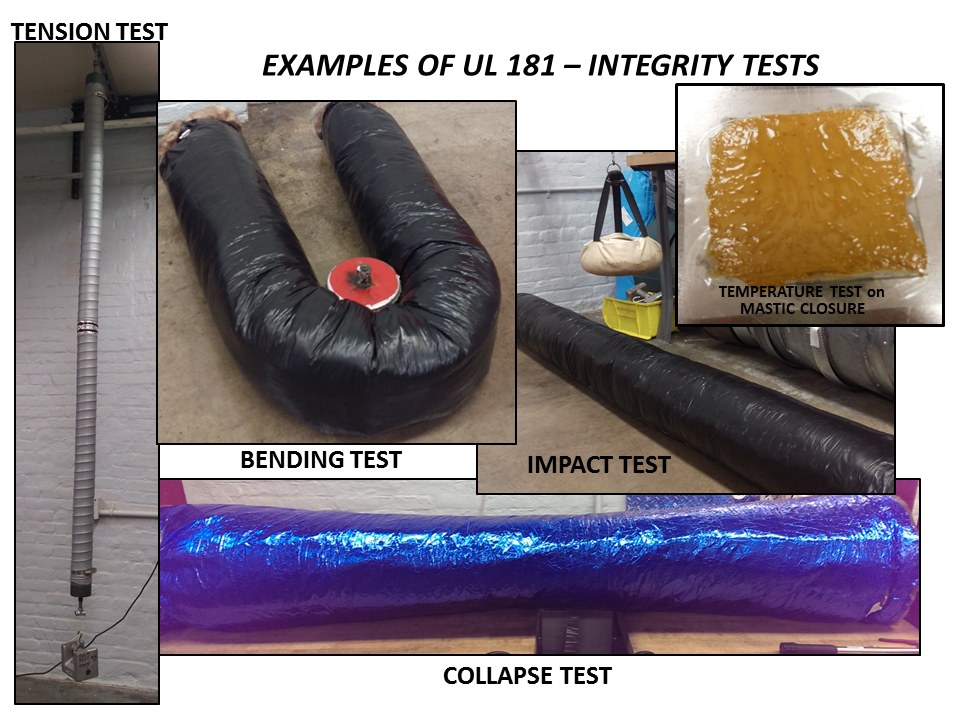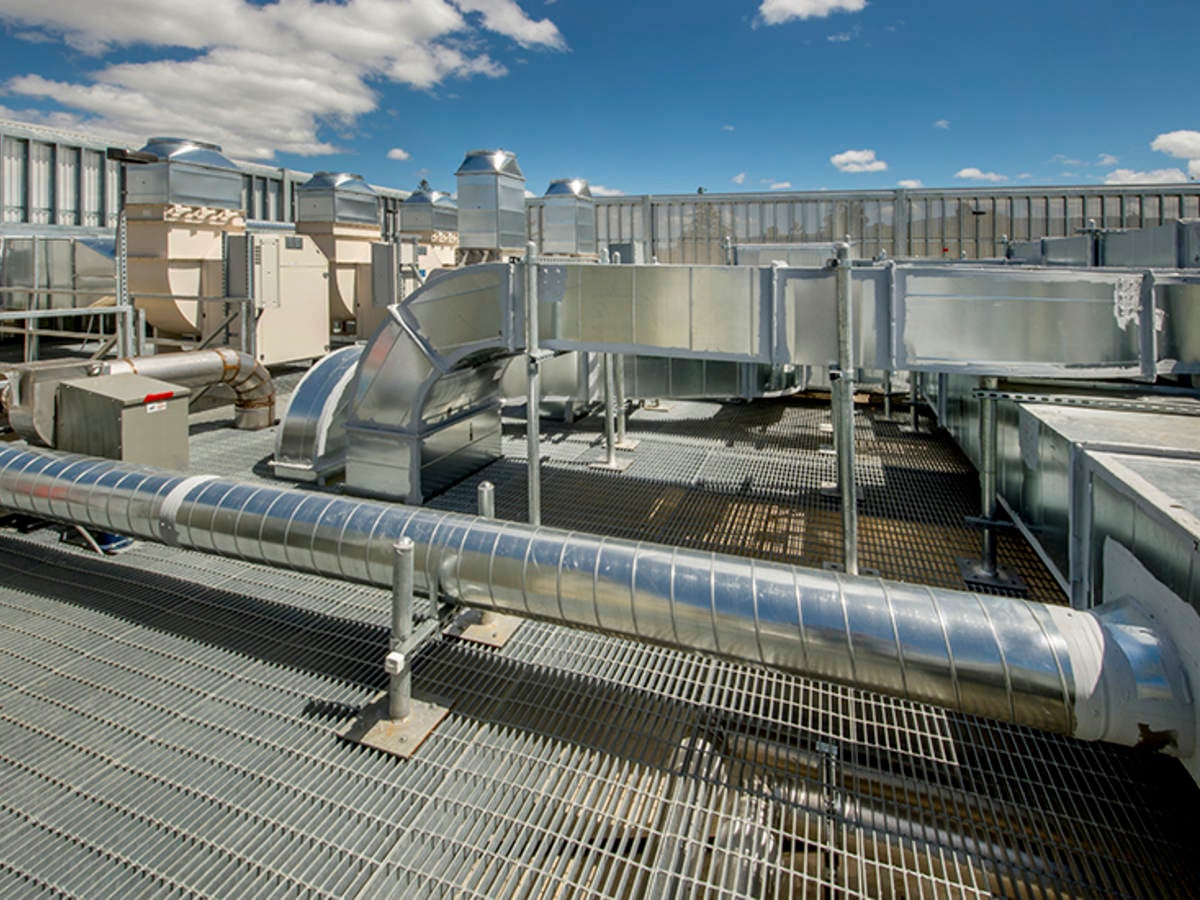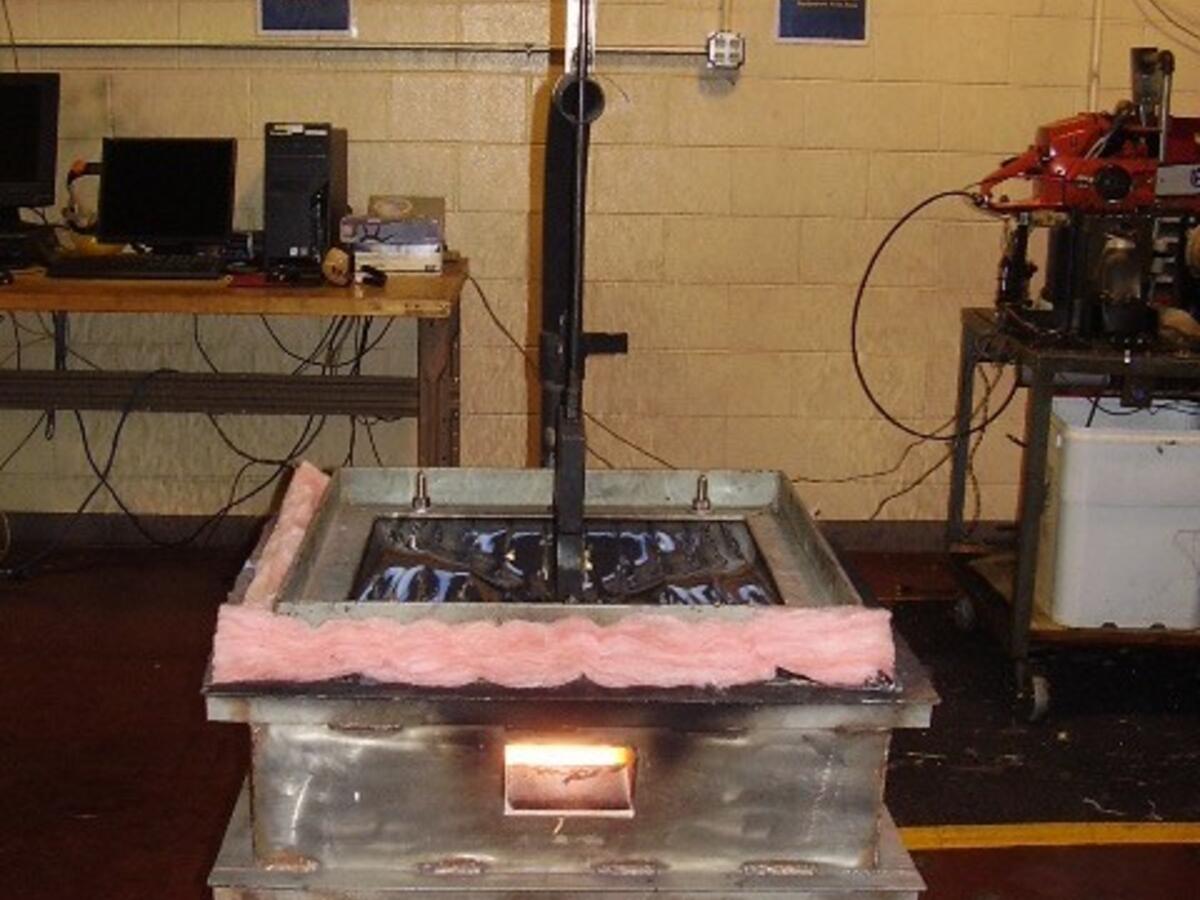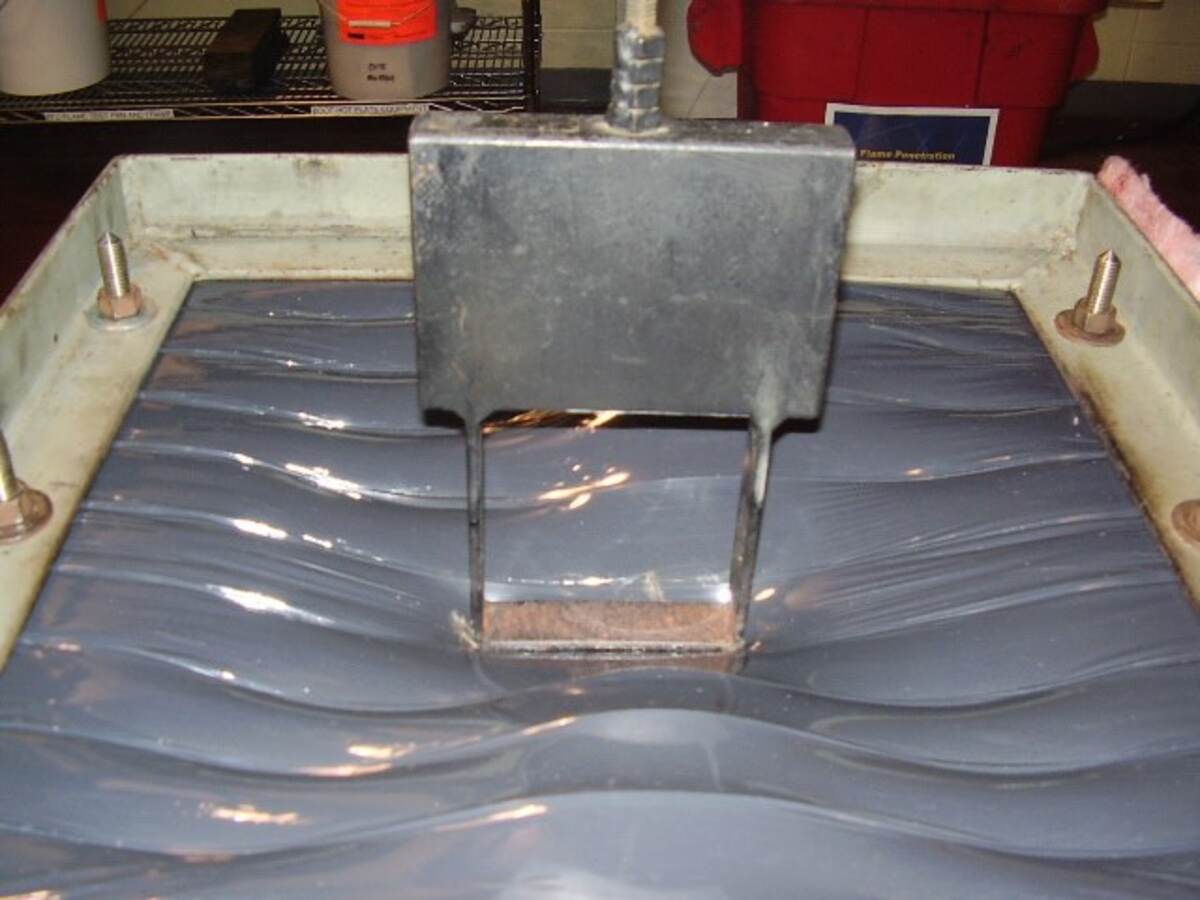June 1, 2020
When the summer sun shines bright and the air outside is HOT, nothing beats walking into a well airconditioned space! With warmer temperatures in our not too distant future, now is the perfect time to discuss air ventilation, ducts and the products that seal them. There are millions of feet of factory-made air ducts installed in residential and commercial buildings worldwide. From the hottest summers to the coldest winters, these unsung heroes deliver tempered air just for our comfort. So let’s take a moment to examine UL’s role in the historic entry of these products into the marketplace.
Around the late 1950s, the predominant means of delivering comfort air was through sheet metal air ducts. When alternative air duct types were being considered, such as factory-made rigid fiberglass air ducts, spirally wound metal ducts, and flexible (wire helix) air ducts, the governing building regulations needed a way to demonstrate that these products possessed the adequate fire performance, material construction, and structural integrity for safe and effective use within buildings. UL, with its proven track record in developing fire requirements for other building materials, worked diligently with the regulatory community, air duct industry, and input from the sheet metal duct industry to publish the very first Standard on this topic: UL181Air Ducts – Air Ducts, released in 1961.
Today, eleven editions of the Standard later, most major codes (such as IBC, IMC, IRC, NFPA 90A, NFPA 90B, NFPA 5000, UMC1) require commercial and residential factory made air ducts to comply with ANSI/UL181- Standard for Factory-Made Air Ducts and Air Connectors. This Standard challenges air ducts to a full range of rigorous tests before the designs are acceptable for use. The following is a summary list of tests from UL181 for rigid and flexible factory-made air ducts:
|
Fire Tests:
|
Surface Burning Characteristics – Evaluates flame spread and smoke developed characteristics in accordance with UL723 (ASTM E84) - FS less than 25; SD less than 50 Flame Penetration – Duct wall sections withstand exposure from a furnace fire for 30 minutes while supporting an 8 lb weight Burning – Resistance to sustained flaming and flame travel are evaluated in horizontal, 45 degree, and vertical orientations |
|
Material Tests: |
Corrosion Resistance, Mold Growth and Humidity, High and Low Temperature Tests |
|
Integrity Tests:
|
Puncture, Static Load, Impact, Erosion, Pressure, Collapse, Tension, Torsion, Bending, and Leakage Tests |
These figures show a 2 ft by 2 ft section of flexible wire helix duct, flattened and placed on the Flame Penetration Test apparatus. The exterior side is exposed to a flame (approximately 1400 F) for 30 minutes while an 8 lb load bears down on the unexposed side. There can be no through openings or flame penetration.

In the mid-1990s it was recognized that the products that attach and seal air ducts also needed their own dedicated set of requirements. So UL worked with industry to develop UL 181A- Closure Systems for Use With Rigid Air Ducts and UL 181B Closure Systems for Use With Flexible Air Ducts and Air Connectors, applicable to tapes, mastics, and non-metal fasteners. More recently, UL has assisted in new air duct types introduced into the marketplace, such as rigid phenolic air ducts, and has partnered with the Sheet Metal and Air Conditioning Contractor’s Association (SMACNA) on special programs related to sheet metal ducts. UL has also created new Outlines and Standards for fabric air dispersion ducts, aerosol sprayed duct sealants, and sheet metal ducts with pre-sealed ends.
So, next time you are feeling comfortable in the home, workplace, or commercial environment, say a quiet “Thank You” to those UL certified air ducts. They have earned their right to play such a significant role in your daily life!
References
IBC – International Building Code
IMC – International Mechanical Code
IRC – International Residential Code
NFPA 90A - Standard for the Installation of Air-conditioning and Ventilating Systems
NFPA 90B - Standard for the Installation of Warm Air Heating and Air-Conditioning Systems
NFPA 5000 – Building Construction and Safety Code
UMC - Uniform Mechanical Code
Get connected with our sales team
Thanks for your interest in our products and services. Let's collect some information so we can connect you with the right person.



